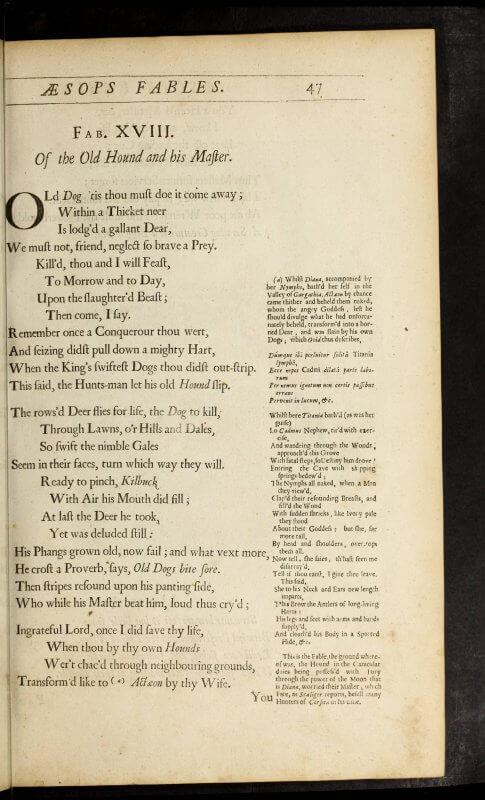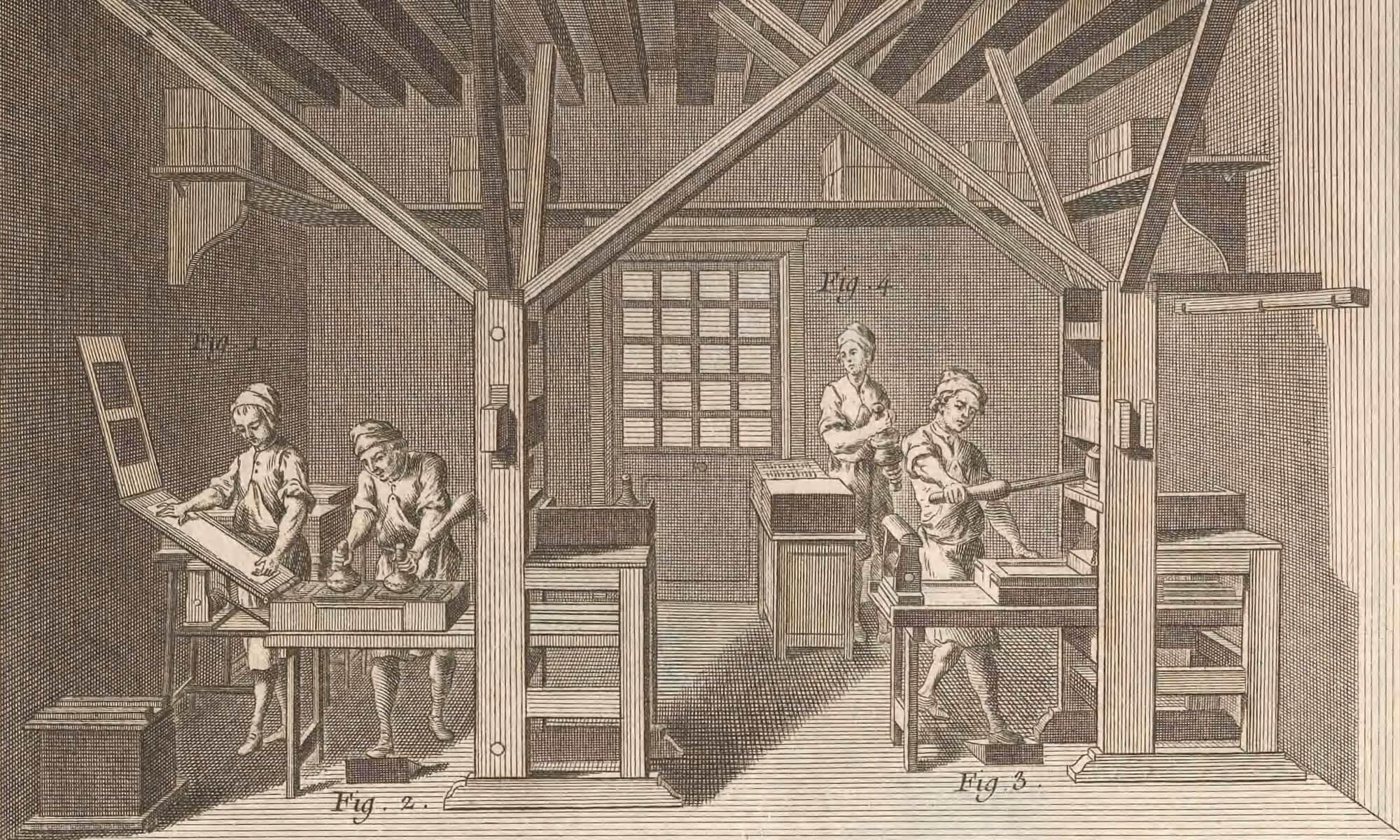Aesop, 1750 (E1v)
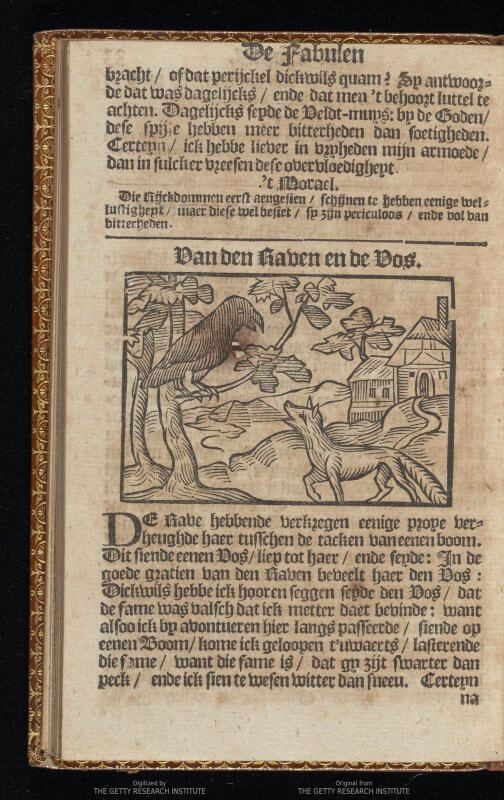
Beaumont and Fletcher, Philaster, 1661 (A2v)
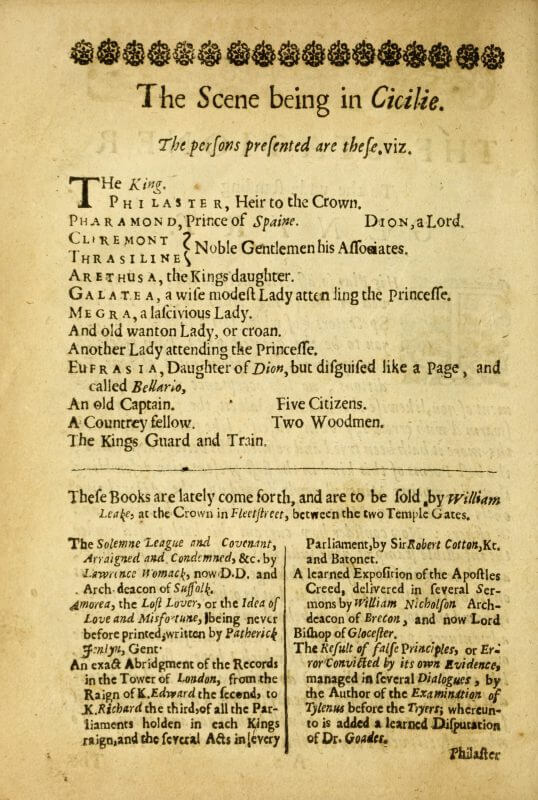
Bible, Massachuset, 1663 (A1r)
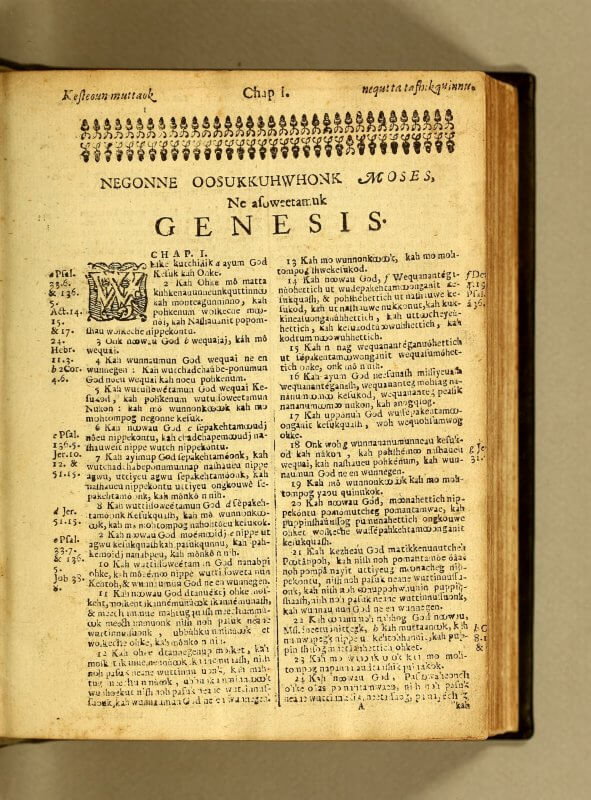
Bijns, Refereyn, 1611 (A4v-A5r)

Colloques ou dialogues, 1616 (A4v-A5r)

Comenius, Orbis, 1685 (O1v-O2r)
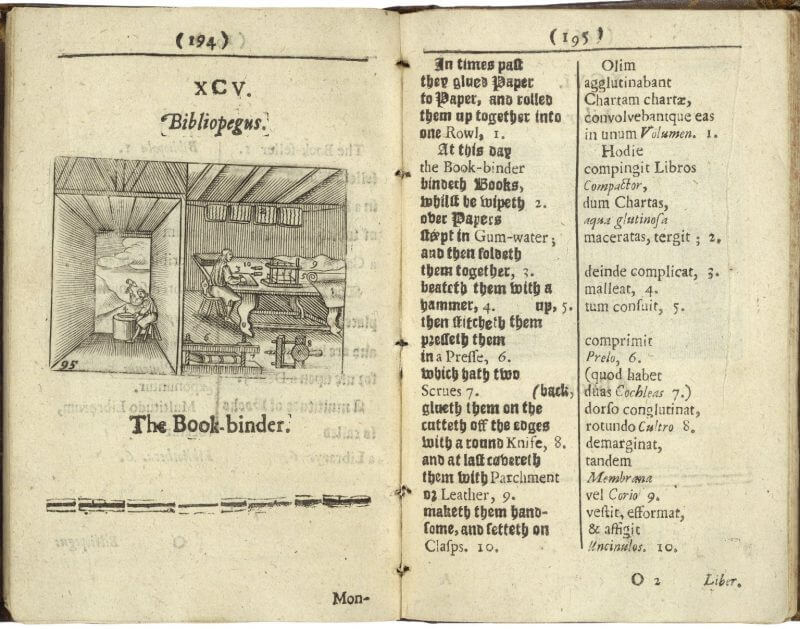
Febrés, Arte de lengua de Chile, 1765 (2A4r)
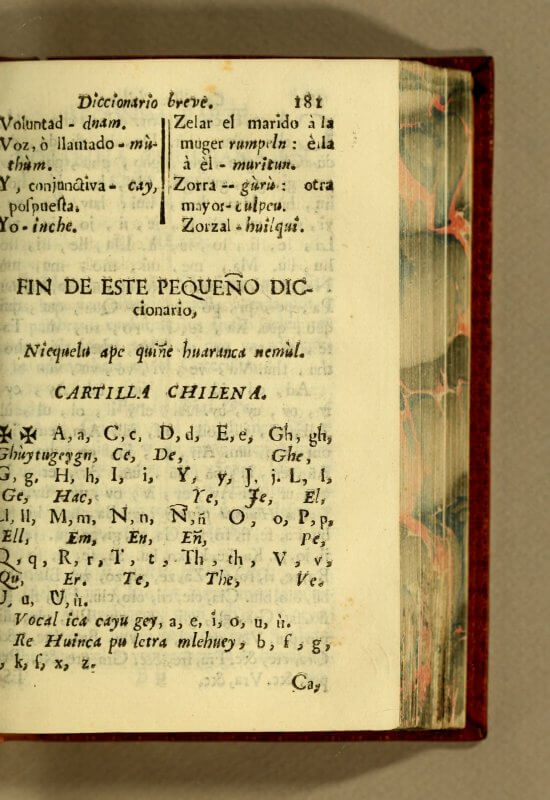
Hobart, Reports, 1724 (K4v)
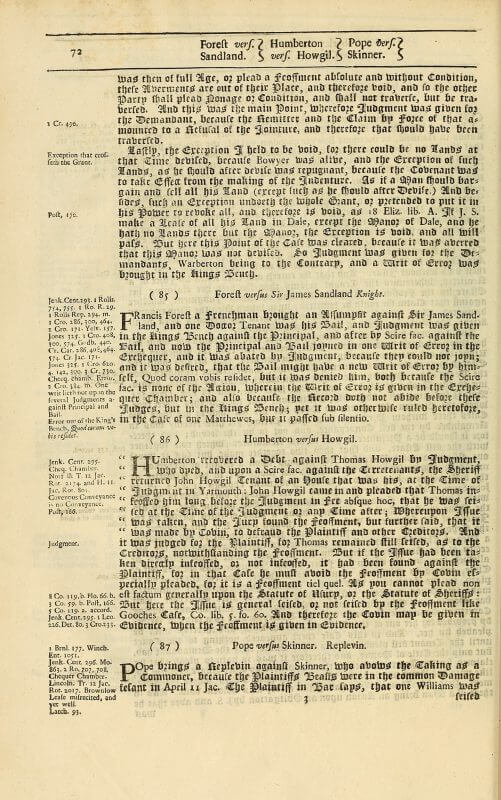
Kats, Ma’aseh Toviyah, 1708 (8.4r)
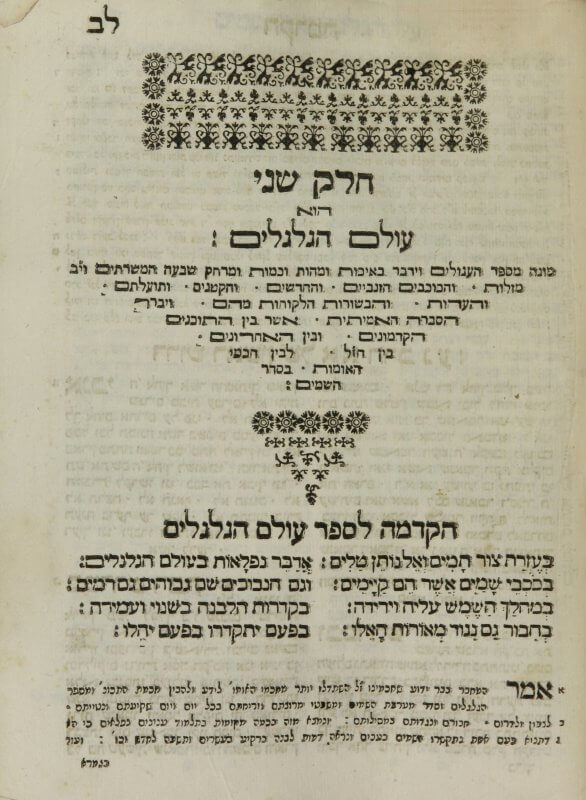
Ogilby, Aesop, 1668 (pg. 47)
